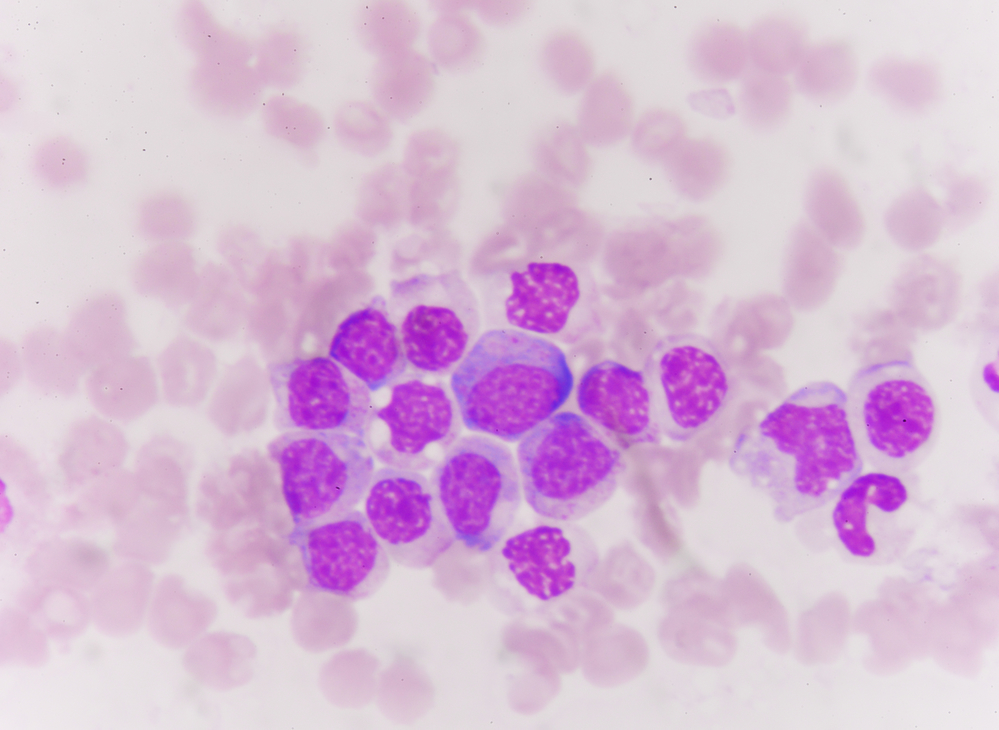Four facts about Leukemia
Leukemia is a cancer of the early blood-forming cells. Most often, leukemia is a cancer of the white blood cells. Most people hear of leukemia, but a few may have an overall understanding of this cancer. Here are some common questions about leukemia.
Q: Is leukemia more common in children?
A: No, the risk of getting leukemia increases with age. People overwhelmed by pieces of news reporting children patients with leukemia tend to hold that children are more likely to get leukemia. However, the fact is that adults, especially the elderly, have more chance to get leukemia. Like many other tumors, the incidence of leukemia increases with age.
Q: Is leukemia hereditary?
A: No, Leukemia is not a hereditary disease. Most of the leukemia is caused by environmental factors such as unhealthy diets, irregular living habits, and toxic exposure. People giving birth after a cure for leukemia will not pass leukemia on to their babies.
Q: What are the symptoms and signs of leukemia?
Leukemia can be grouped in acute and chronic forms. Acute leukemia progresses quickly, and the main symptoms include inflection, anemia, and hemorrhage (usually bleeding in gingiva or nose). Dizziness and fatigue will also appear. As for chronic leukemia, it can take a long time before it causes problems. People with chronic leukemia will experience fatigue, weight loss, and poor appetite. Sometimes, Chronic leukemia shows no symptoms and is only found when people receive blood tests.

Q: Is leukemia incurable?
A: No, leukemia is curable. With the development of modern medicine, new treatments for leukemia have emerged and significantly helped the cure for leukemia.
Currently, the main treatments for leukemia are intravenous chemotherapy, bone marrow transplantation and targeted therapy.
Acute leukemia is a malignant cancer with quicky progression that needs prompt treatment. More than 40 years ago, chemotherapy was used to treat leukemia. Nowadays, it is still a basic standard treatment that plays an important role in treating leukemia. Chemotherapy can control leukemia in a short time, but it is not potent enough to cure leukemia.
Since the 1990s, bone marrow transplantation has been widely used to treat leukemia. Until 2013, more than one million people worldwide received this treatment. Compared with chemotherapy, bone marrow transplantation showed significant therapeutic effects, and more than half patients can be cured.
More delightfully, targeted therapy is more effective in treating leukemia. It can kill cancer cells but bring no damages to normal cells. A mature targeted therapy regimen has been applied in the treatment of acute promyelocytic leukemia, one type of acute leukemia, and it can cure 90% of the patients.
Chronic leukemia, which progresses slowly, does not need to use intravenous chemotherapy. Chronic myeloid leukemia can be controlled by taking targeted drugs. However, chronic lymphocytic leukemia can not benefit from early treatment, and it is better to closely monitor the disease and take actions when the disease progresses.


